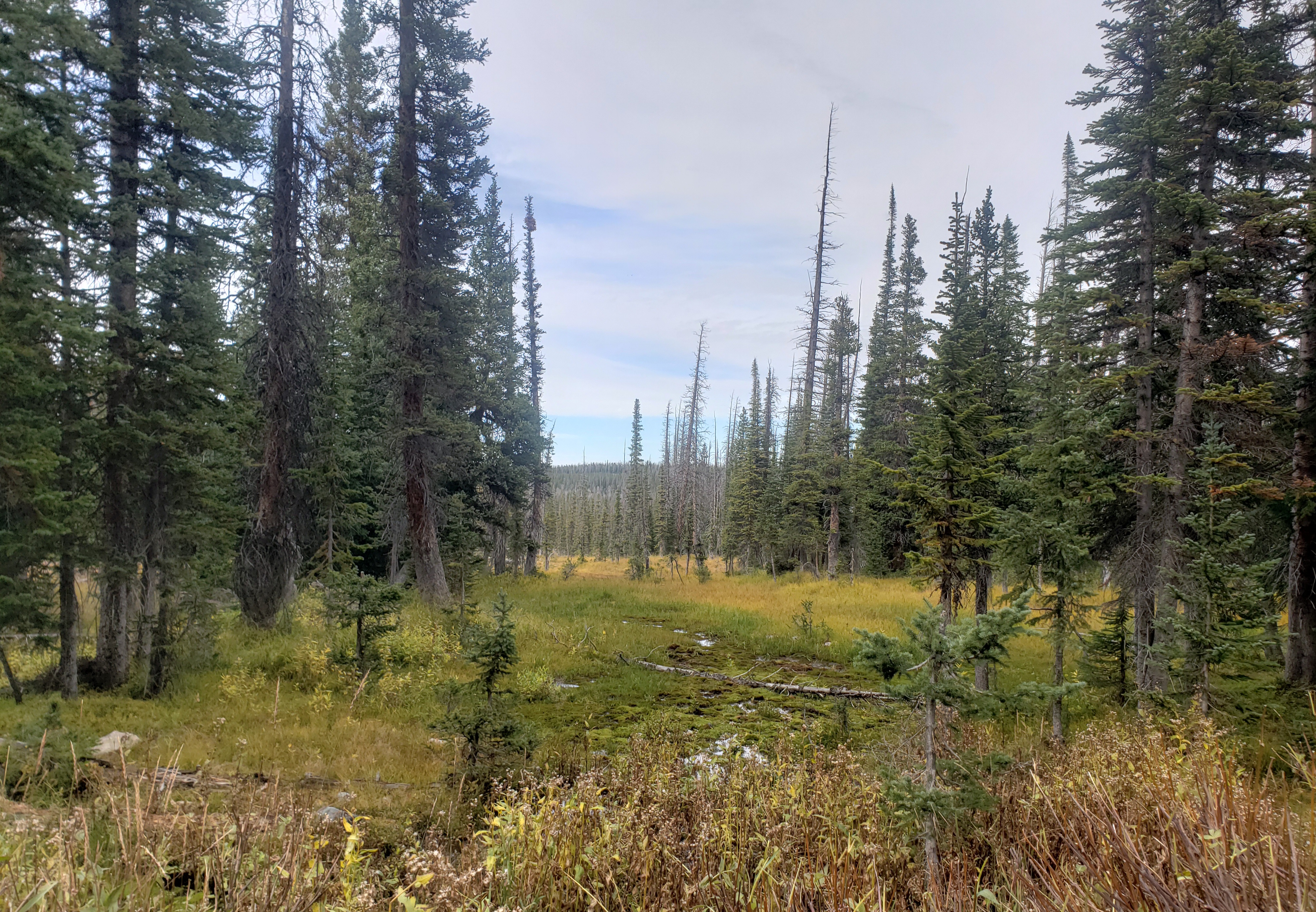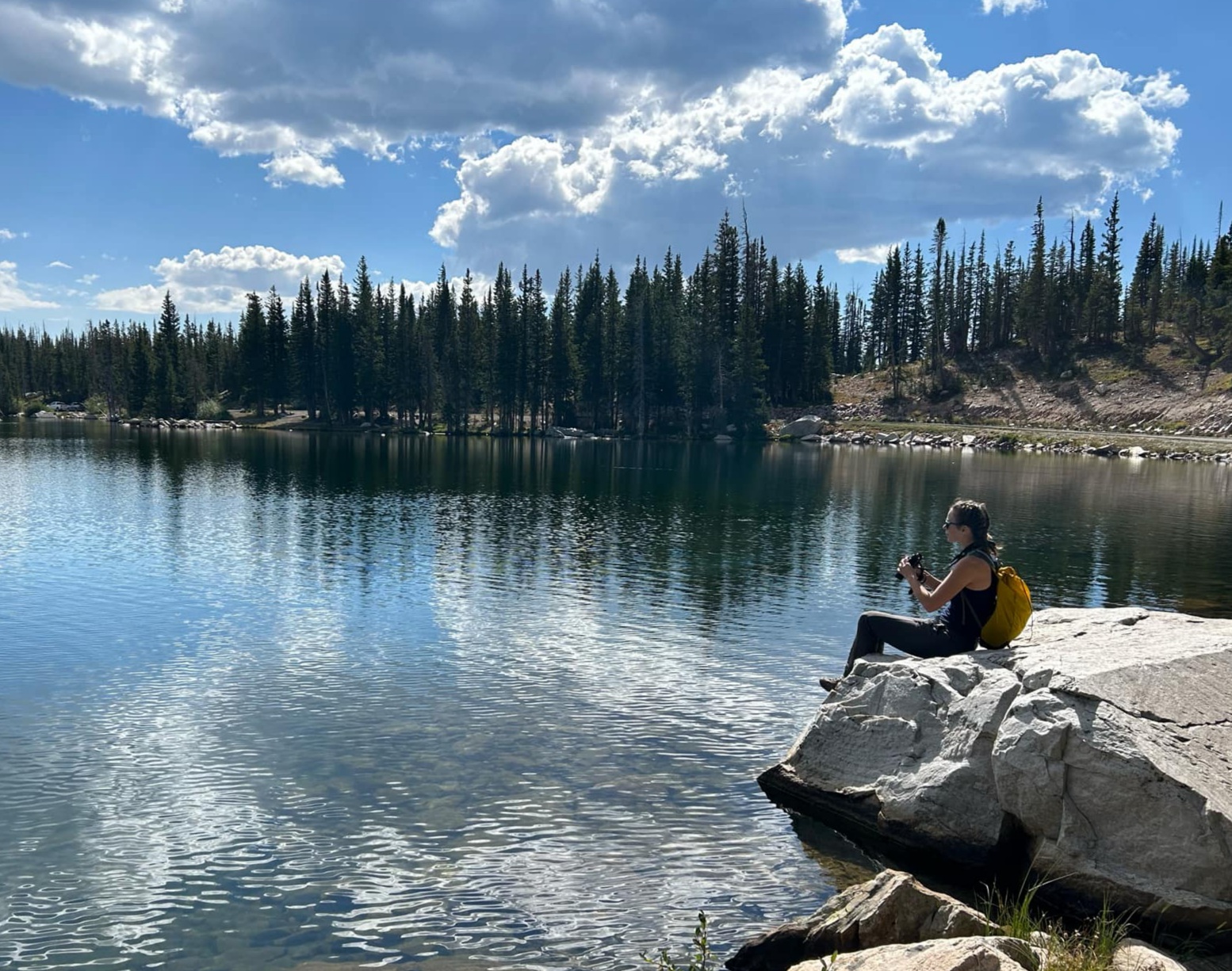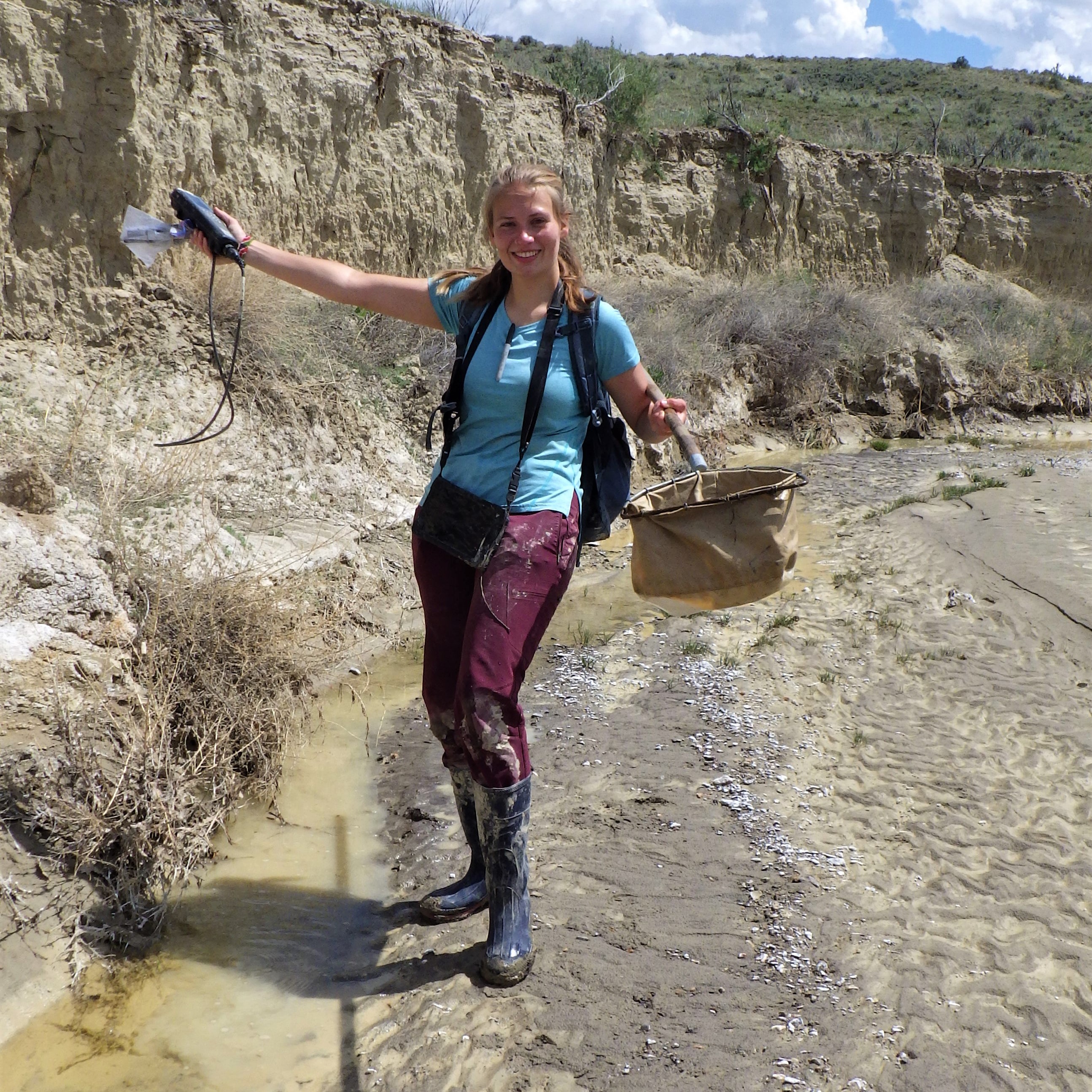No Slides Entered.
Lindsey Gapinski - "Understanding biodiversity by assessing mechanisms underlying avian population declines"
Lindsey Gapinski
2025 Recipient of the Don and Judy Legerski UW Teton Graduate Scholars in Biodiversity Fellowship
Graduate Advisor: Anna Chalfoun
Wyoming Cooperative Fish and Wildlife Research Unit
Department of Ecology and Evolution
Project summary and goals:
Breeding bird populations are declining across North America, and among them, western forest birds are experiencing some of the most rapid and widespread losses. The underlying causes of western forest bird declines remain understudied and thus poorly understood. Without insight into what is driving these losses, wildlife stewards are limited in their abilities to develop targeted conservation strategies. Through my Ph.D. research, I aim to test alternative hypotheses and disentangle the mechanisms underlying widespread declines in forest bird populations across the inter-mountain west, including some of the most iconic and ecologically rich landscapes in the United States, such as the Greater Yellowstone Ecosystem. I leverage the unique strengths of large-scale, long-term bird monitoring datasets to assess how environmental changes like forest loss, shifting climate patterns, and altered disturbance regimes are affecting birds at multiple taxonomic levels. The specific goals of my work are to identify primary mechanisms associated with declines, evaluate how these patterns vary spatially, and determine which species may be facing increased threats.
What makes this work especially exciting to me is its strong foundation in community science! By incorporating data collected by community members through programs like the North American Breeding Bird Survey and eBird, my research exemplifies how public participation in science can play a critical role in addressing difficult ecological questions while advancing conservation efforts. These collaborative data sources may help to detect emerging threats to vulnerable or declining species and also empower community members to contribute meaningfully to science.
Share This Page



Research Highlights




